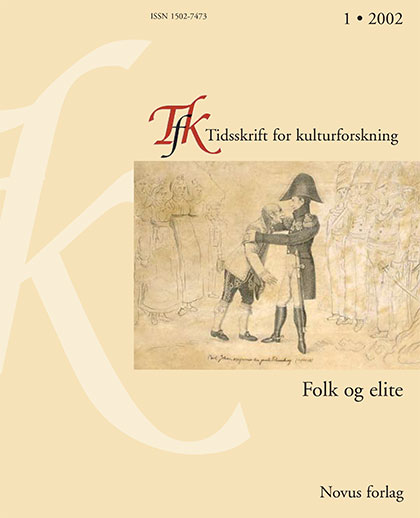Sammendrag
The Norwegian Museum of Cultural History - formerly translated as the Norwegian Folk Museum - was founded in 1894. According to the Museum's Articles of Association, its objective was to bring together "everything that can elucidate the cultural life of the Norwegian people". The Museum's early organization and the classification of its collection can be regarded as an expression of a scientific approach to culture, but also as an expression of cultural political ideology. During the first years, the principal organization of the Museum comprised: "The National Department" which mainly encompassed peasant culture, and "The Department for the Towns and the Lives of the Upper Classes". Here the Norwegian national question concerning the strong contrast between the immigrants and the government officials in the towns compared to the genuine Norwegian rural classes is clearly illustrated. An attempt was quickly made to bridge this gap by setting up a third department: "The Amalgamated Department" (1897), in which items were categorized according to their purpose and application. When the Museum was re-opened at Bygdøy, Oslo, in 1902, the old cultural and political contrasts no longer existed due to an objective and scientiffc organization of the collection. Here, even the new, proud addition to the Museum - the Open Air Department - is merely labelled "The Old Houses". The Museum's layout portrays a harmonious and unambiguous picture of rural cultural life and the elite culture in the towns, a vision of society which can be compared to the message in Nordahl Rolfsen's reading books for Norwegian primary schools from the same time.
Forfattere beholder opphavsretten og gir tidsskriftet rett til første publisering av arbeidet. En Creative Commons-lisens (CC BY-SA 4.0) gir samtidig andre rett til å dele arbeidet med henvisning til arbeidets forfatter og at det først ble publisert i dette tidsskriftet.

